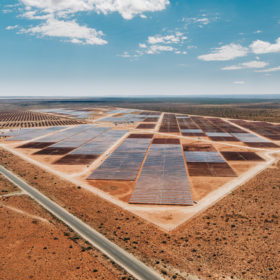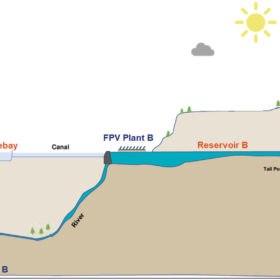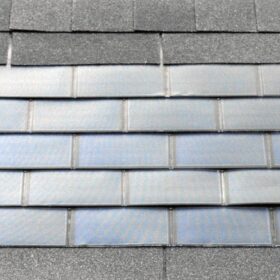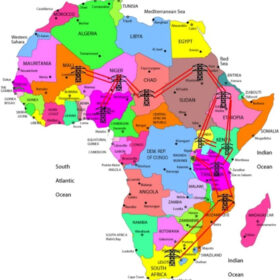South Africa streamlines 203 MW of wind-solar-storage hybrid projects
The South African authorities awarded project agreements to two wind-solar-storage hybrid projects that were selected in a 2 GW tech-neutral tender held under the Risk Mitigation Independent Power Producers Procurement Programme (RMIPPPP) in 2021.
Infrastructure reform is key to accelerating Africa’s energy transition
In its latestt monthly column for pv magazine, the International Renewable Energy Agency explains that, in order to realize Africa’s vast potential, we must ensure there is adequate investment and infrastructure development to support renewable energy. In the coming years, this means urgently overcoming the structural barriers across three priorities: infrastructure, policy, and institutional capabilities.
Hybrid hydro-PV systems increase producer profits by up to 18-21% in sub-Saharan Africa
A team of researchers from Norway analyzed a case study of a cascade hydropower system hybridized with both floating and ground mounted PV under sub-Saharan African market conditions. It found that hybrid systems can reduce seasonal variability in renewable energy generation and increase annual producer profits under both PPA and spot market schemes.
Gambia launches tender to deploy 1,100 solar systems on public buildings
Gambia’s Sustainable Energy Services Company is launching a tender to install 1,100 PV systems, ranging from 2 kW to 240 kW in size, on 1,000 schools and 99 health facilities.
The Hydrogen Stream: Gulf nations moving forward with tech cooperation
Acwa Power and Eni have signed a hydrogen development deal, while AFC Energy has signed an agreement with Tamgo to sell hydrogen generators.
IEA-PVPS releases guide for applying innovation system approach to BIPV
IEA-PVPS has published a new handbook that provides support for Technological Innovation System (TIS) analysis for building-integrated photovoltaics (BIPV).
Weekend Read: Planning a Hamba-lution
As the global North ponders e-mobility dilemmas such as how to source sufficient materials to meet electric car demand, fresh evidence has emerged of how solar can decarbonize transport and farming in Africa.
Amea Power secures PPA for 25 MW solar-plus-storage project in Djibouti
Amea Power has secured a power purchase agreement (PPA) for a 25 MW solar-plus-storage project in Djibouti. It will be the country’s first independent power producer (IPP) project and is now in development under a build-own-operate and transfer (BOOT) framework.
Prospects of bringing together PV, storage and EV charging
In this pv magazine Webinar, we’ll hear about a new solution to combine PV, battery storage and EV charging in a single solution.
Eritrea launches tender for 30 MW solar plant
Eritrea has launched a tender for a 30 MW solar plant, featuring an undisclosed amount of battery storage and a 66 kV transmission line. The project could become the largest PV installation ever constructed in the country.









